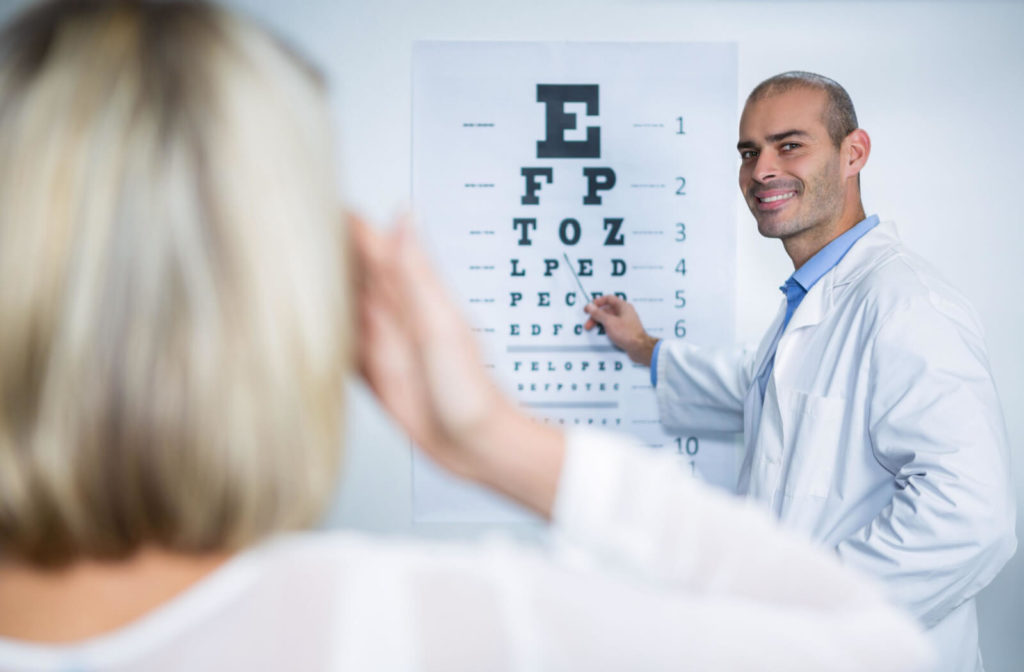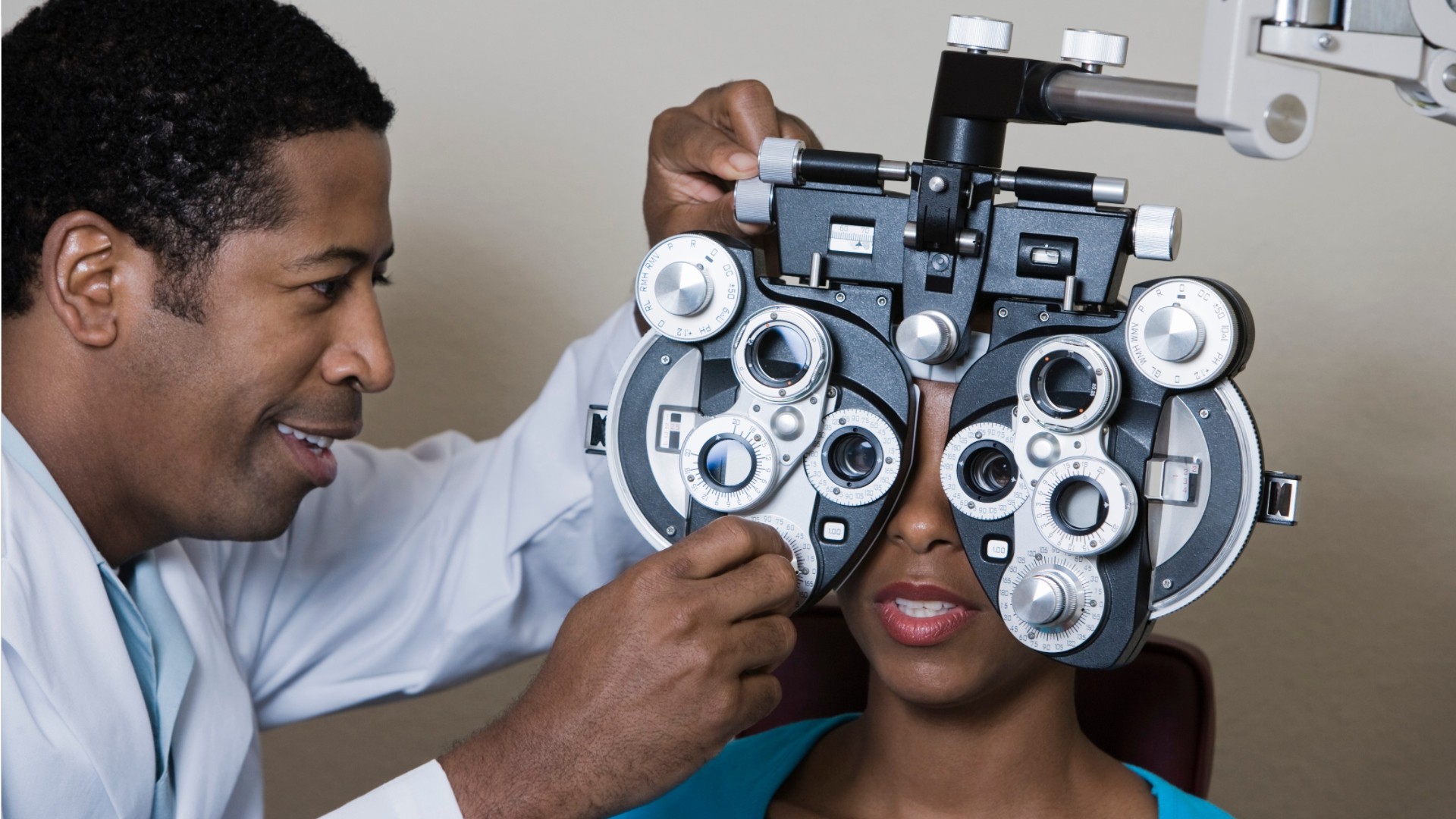Top Factors to Go To an Optometrist Chino for Your Eye Health
Top Factors to Go To an Optometrist Chino for Your Eye Health
Blog Article
Exploring the most recent Technical Advancements in Optometry and What They Mean for Optometrists
In the ever-evolving area of optometry, current technological advancements are reshaping just how professionals come close to eye treatment. From the precision of Optical Coherence Tomography to the nuanced understandings supplied by AI-driven diagnostic devices, these developments are setting brand-new standards in client evaluation and therapy. Teleoptometry is poised to redefine accessibility, making sure that expertise transcends geographical constraints. As these developments penetrate the technique, eye doctors are confronted with the obstacle of accepting these tools to boost individual results. The concern continues to be: just how will these technical changes redefine the duties and responsibilities within the career?
Developments in Diagnostic Tools
Progressing the area of optometry, innovations in diagnostic tools have actually changed the means eye care experts assess and detect visual problems and eye problems. The previous years has observed significant technical advancements, making it possible for even more accurate and comprehensive analyses.
An additional key technology is the introduction of sophisticated corneal topography systems, which map the surface area curvature of the cornea with accuracy. These tools are especially valuable for suitable contact lenses and detecting corneal disorders. Moreover, electronic retinal imaging has changed traditional ophthalmoscopy, supplying thorough, breathtaking views of the retina that help with complete aesthetic evaluations.
The advancement of wavefront aberrometry has likewise been critical, enabling the analysis of refractive mistakes with unequaled precision (Optometrist Chino). This innovation helps in customizing restorative lenses and enhancing surgical end results for refractive surgical procedures. Collectively, these diagnostic advancements equip optometrists to deliver exceptional client care, ensuring early intervention and tailored treatment techniques, inevitably enhancing visual health outcomes
AI in Person Management
Structure on the structure of sophisticated diagnostic tools, the consolidation of fabricated intelligence (AI) in person monitoring stands for a transformative leap for optometry. AI systems are increasingly employed to boost efficiency, precision, and customization in client treatment.
Additionally, AI-driven systems promote structured individual interactions and management procedures. Automated organizing, online consultations, and personalized follow-up plans not just boost person fulfillment yet additionally maximize time administration for professionals. These systems can triage clients based upon the urgency of their problems, making certain that those in crucial need obtain timely attention.
Furthermore, AI enhances decision-making by giving optometrists with evidence-based suggestions and therapy pathways. By integrating data from digital health records, AI devices provide understandings that inform professional decisions, reducing the danger of errors and boosting person end results. As AI continues to develop, its role in individual monitoring will likely expand, improving the landscape of optometric treatment.
Advances in Retinal Imaging
In the world of optometry, retinal imaging has actually witnessed amazing technical improvements that are boosting analysis capacities and individual treatment. Developments such as Optical Coherence Tomography (OCT) and fundus digital photography have changed exactly how optometrists envision and assess the retina.
Enhanced imaging techniques like OCT angiography are further refining diagnostic precision. This non-invasive method maps blood flow in the retina, using critical insights into vascular wellness without the demand for dye shots. Furthermore, adaptive optics technology is being incorporated into retinal imaging systems to remedy ocular aberrations, delivering unmatched photo quality. Such developments assist in the identification of min retinal adjustments that could indicate disease development.
Furthermore, innovations in fabricated intelligence are augmenting retinal imaging by allowing automatic analysis of big datasets. These systems help eye doctors in recognizing patterns a sign of pathology, consequently enhancing diagnostic precision and effectiveness. Jointly, these technologies are transforming retinal imaging right into a cornerstone of modern eye treatment, improving end results and expanding therapeutic opportunities.
Teleoptometry's Expanding Function
Teleoptometry is significantly ending up being a crucial component of eye treatment, driven by advancements in digital interaction and analysis tools. This is especially have a peek at this site beneficial in rural and underserved locations where accessibility to specialized eye treatment is commonly limited.
The combination of expert system (AI) further enhances teleoptometry, enabling the evaluation of visual data and helping in the discovery of ocular conditions such as glaucoma and diabetic person retinopathy. AI-powered formulas can rapidly translate intricate imaging information, providing eye doctors with useful understandings that bolster clinical decision-making.
Moreover, teleoptometry supports continuity of treatment through seamless combination with electronic health and wellness documents (EHRs), allowing optometrists to maintain thorough individual backgrounds. When consulting with different professionals., this ensures that people get tailored and consistent treatment also.
Despite these benefits, obstacles continue to be, consisting of making certain information security and managing patient assumptions. Nevertheless, teleoptometry stands for a substantial stride in the direction of even more accessible, reliable, and patient-centered eye care. As technology advances, its role is poised to expand further.

Future Patterns in Eye Treatment
A myriad of ingenious trends is readied to see here improve the future of eye care, driven by technical innovations and the evolving demands of individuals. One significant trend is the assimilation of man-made intelligence (AI) in diagnostics, which assures to boost the precision and performance of eye assessments. AI algorithms can examine substantial quantities of information from retinal pictures, possibly finding conditions like diabetic retinopathy and glaucoma earlier than conventional methods.
Furthermore, personalized medication is obtaining traction in optometry, with genetic testing notifying personalized therapy plans. This technique aims to maximize patient outcomes by customizing treatments to individual genetic profiles. Wearable technology, such as smart call lenses, is also coming up, offering real-time surveillance of intraocular pressure or sugar degrees, therefore offering continuous understandings into ocular and systemic wellness.
The fostering of augmented fact (AR) and virtual truth (VIRTUAL REALITY) in training and patient education and learning is one more arising pattern. These innovations supply immersive experiences that can improve understanding and skills both for patients and optometrists. As these fads develop, eye doctors need to stay abreast of technical innovations to give cutting-edge treatment, ensuring improved person end results and fulfillment in the dynamic landscape of eye care.
Conclusion

Jointly, these diagnostic improvements equip eye doctors to deliver exceptional patient care, my review here guaranteeing very early intervention and tailored therapy approaches, ultimately enhancing visual wellness results.

As these technologies continue to progress, eye doctors must adjust and integrate them into technique, inevitably optimizing process effectiveness and raising the standard of eye treatment supplied to individuals.
Report this page